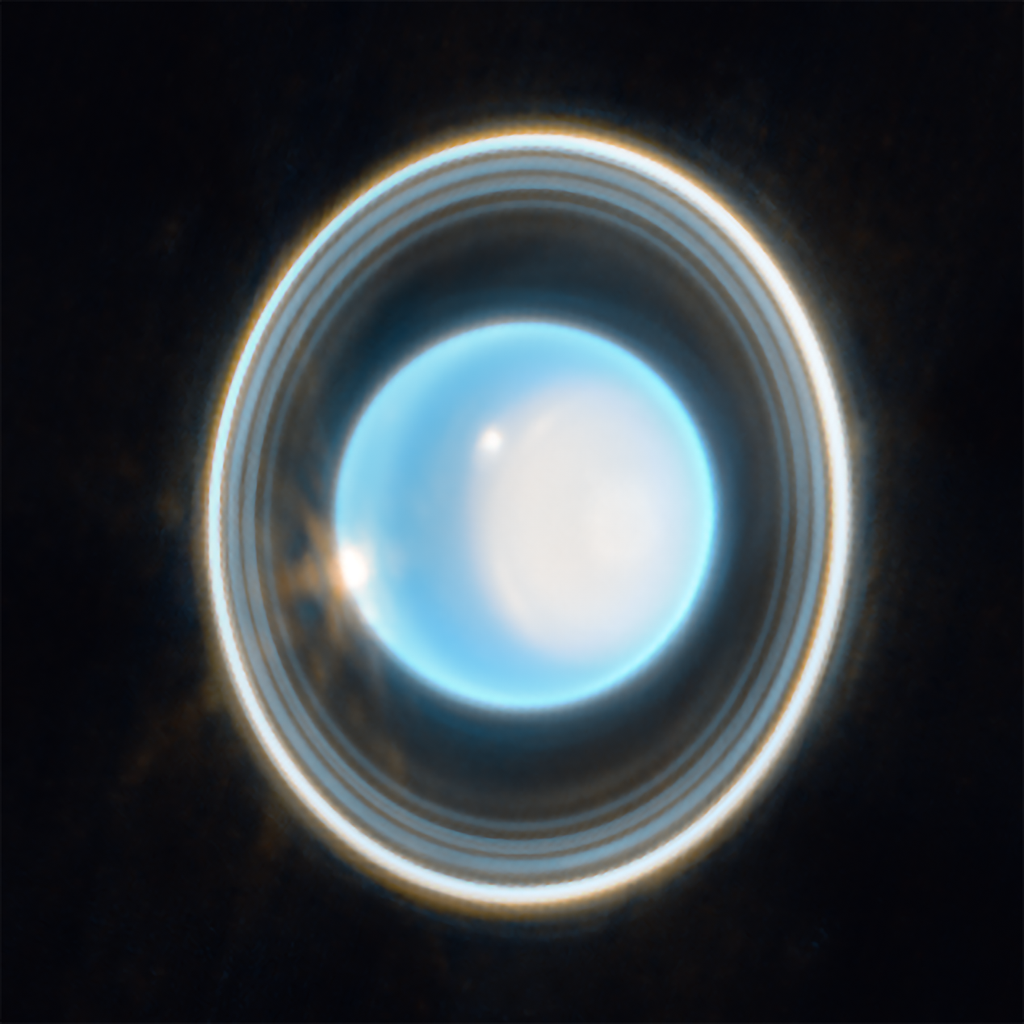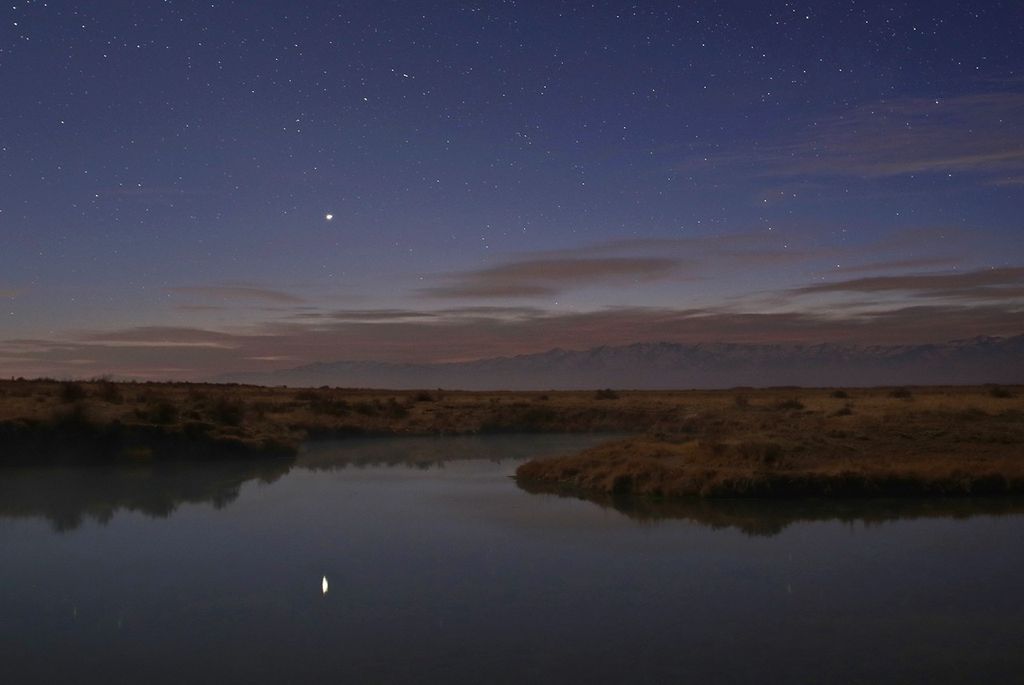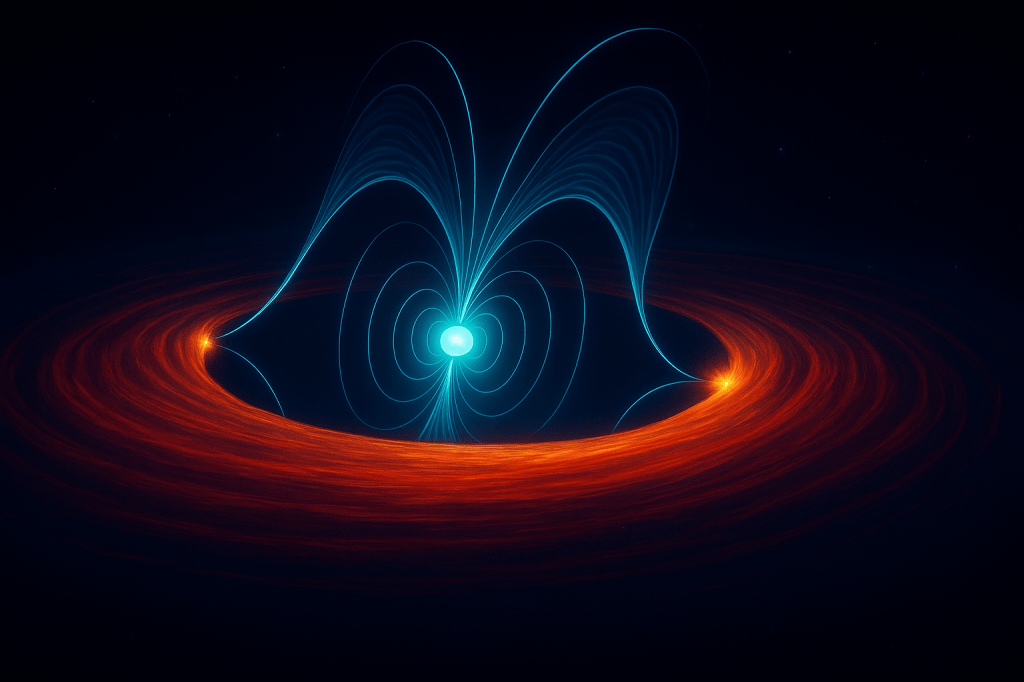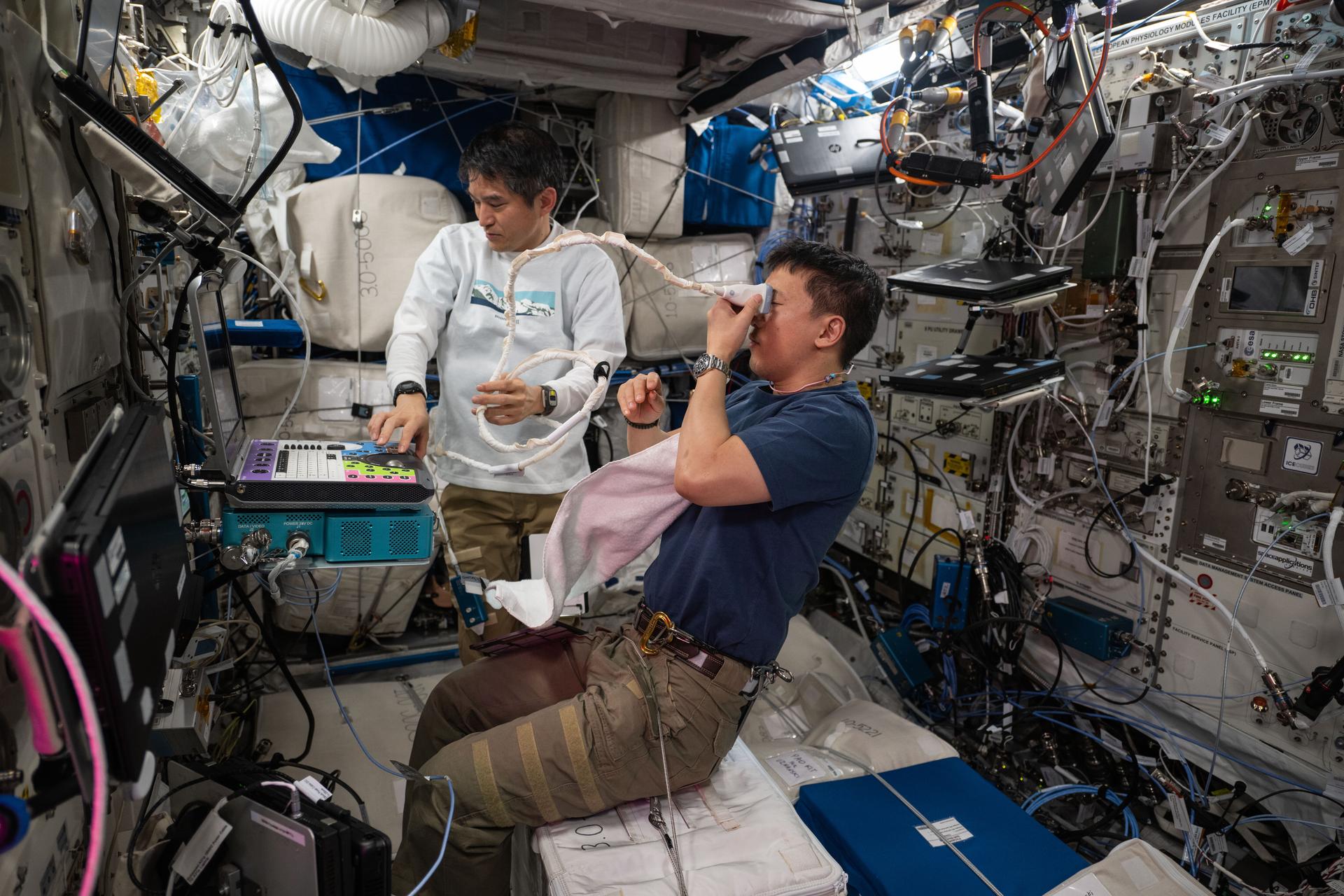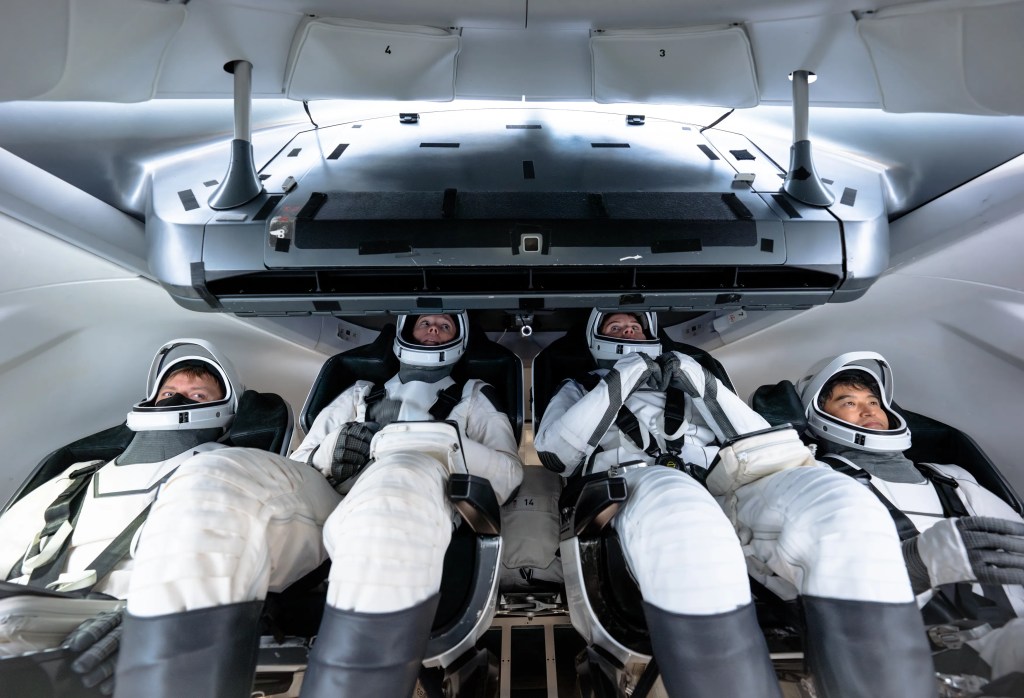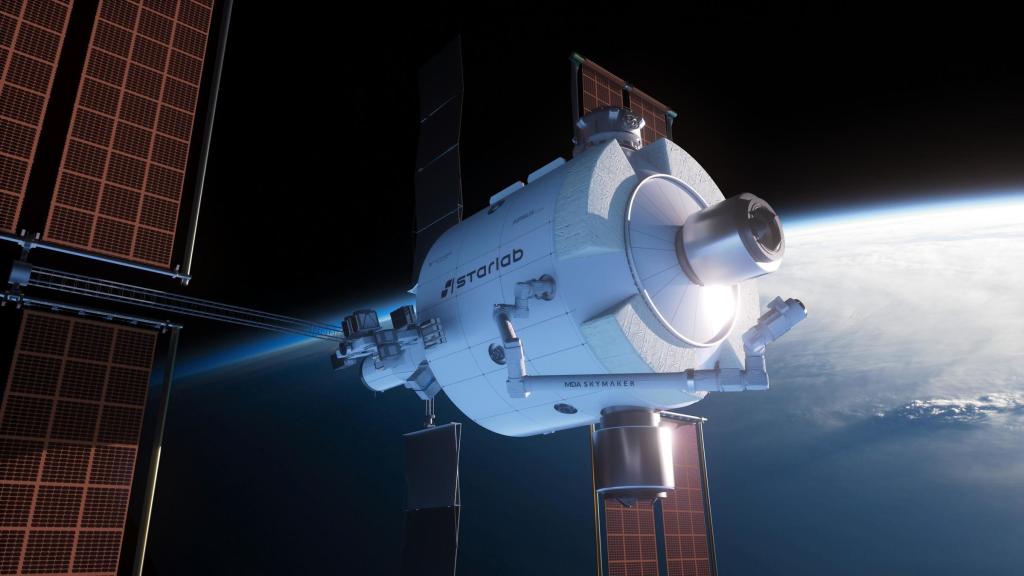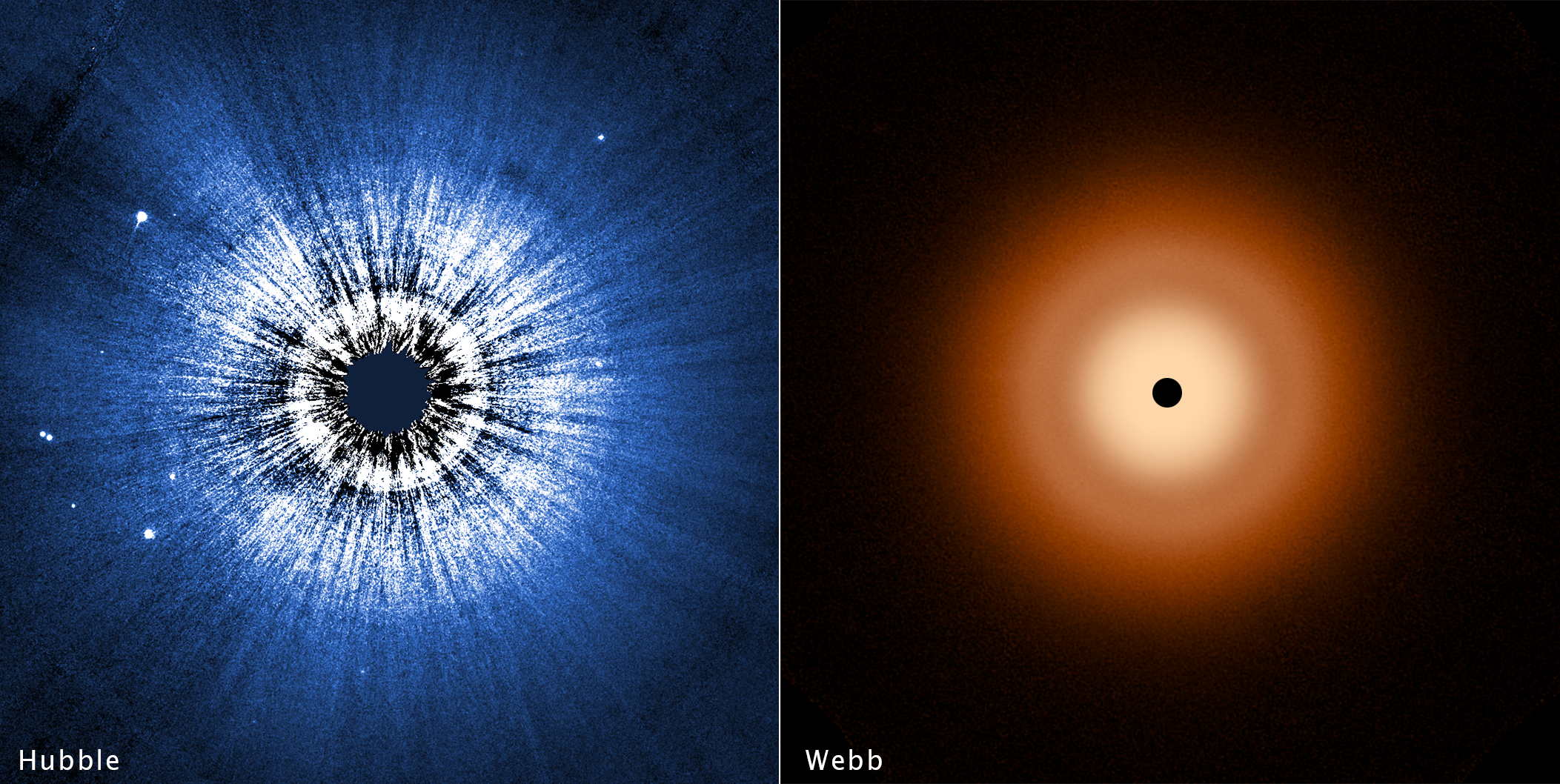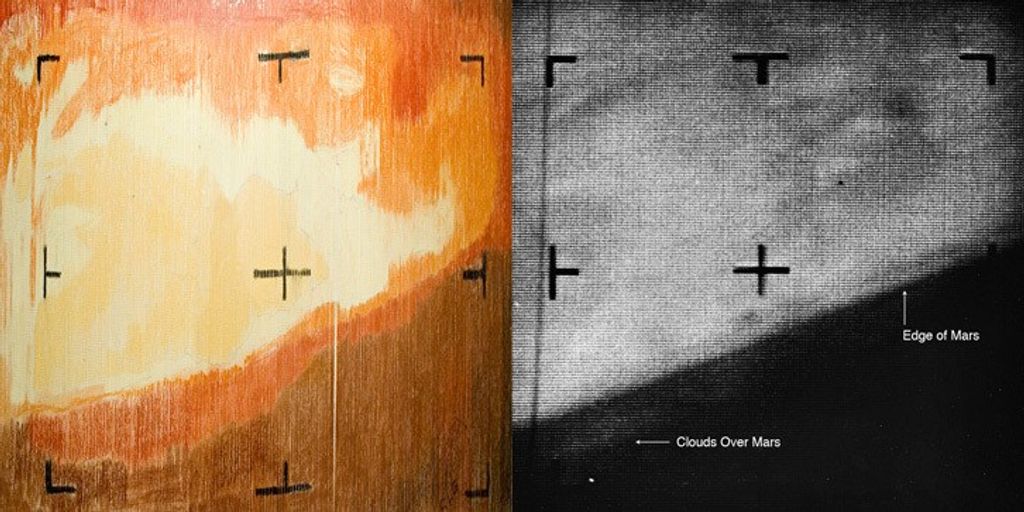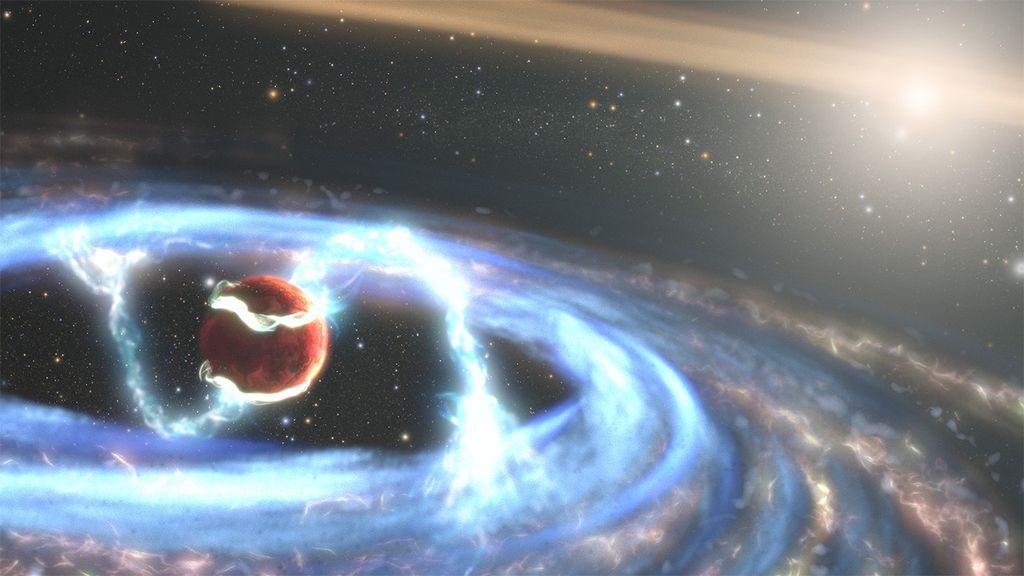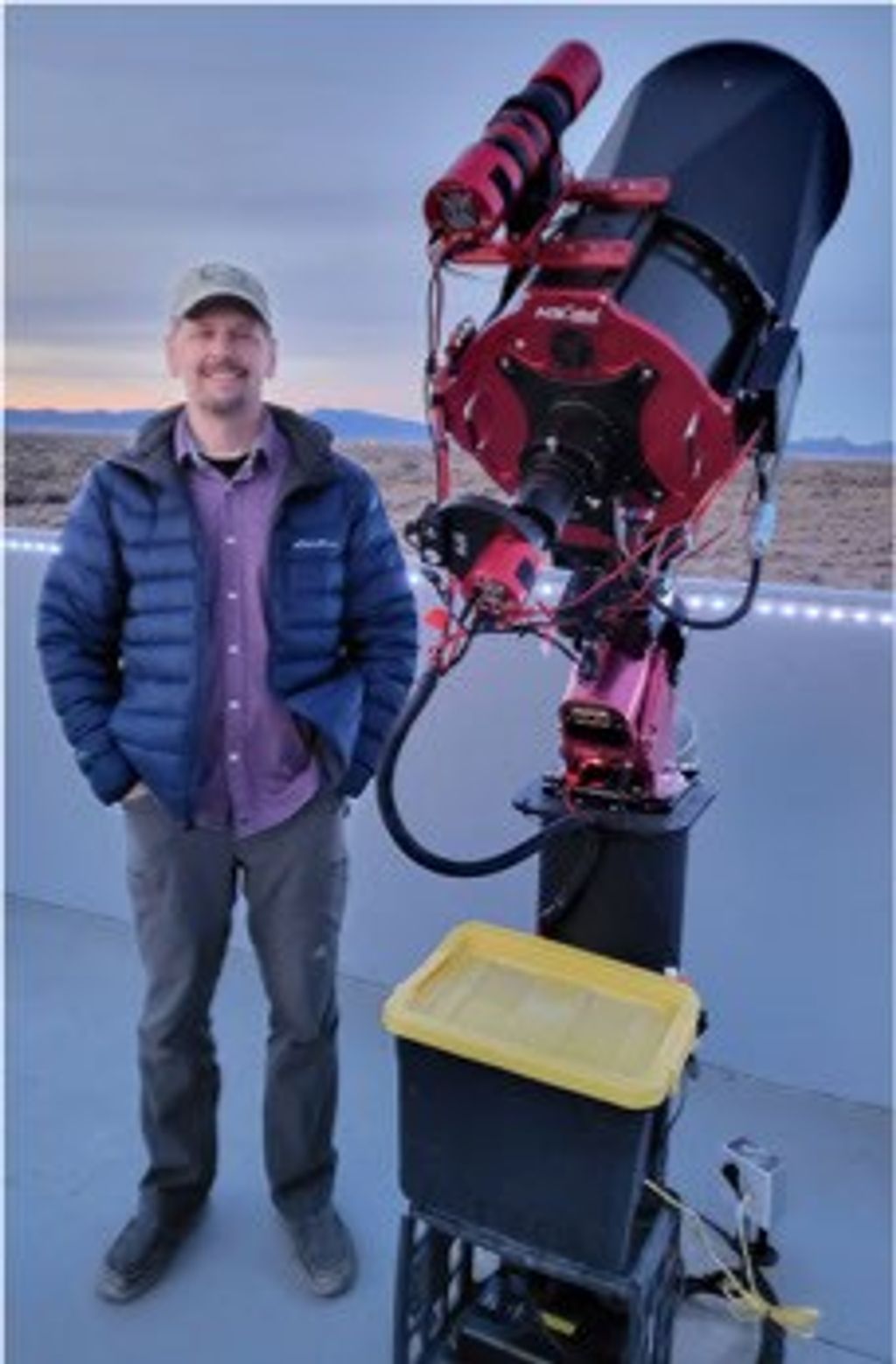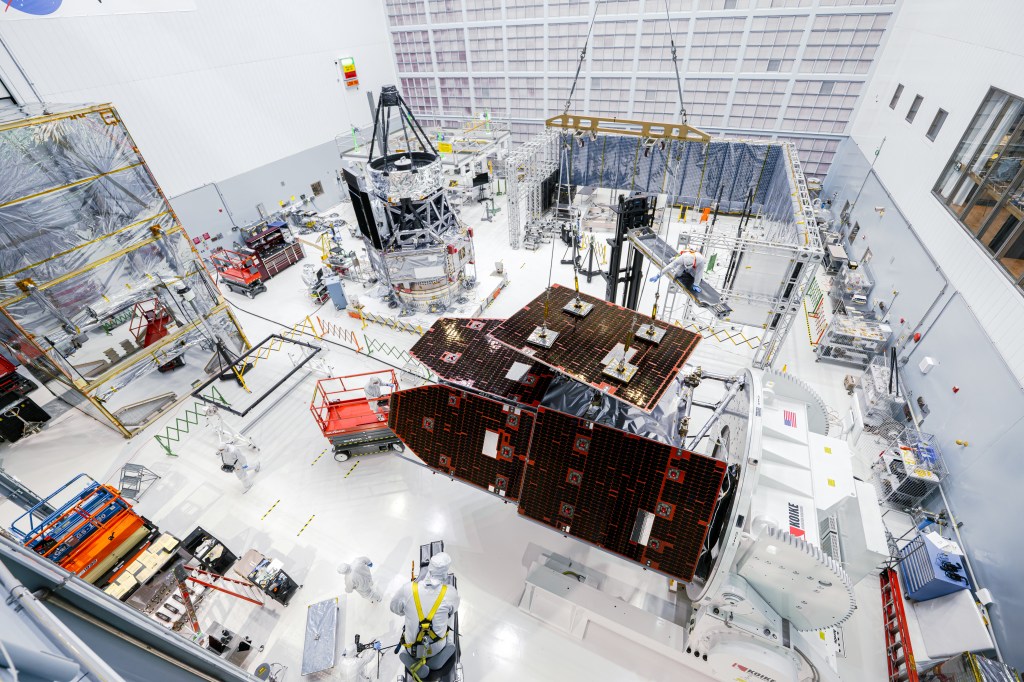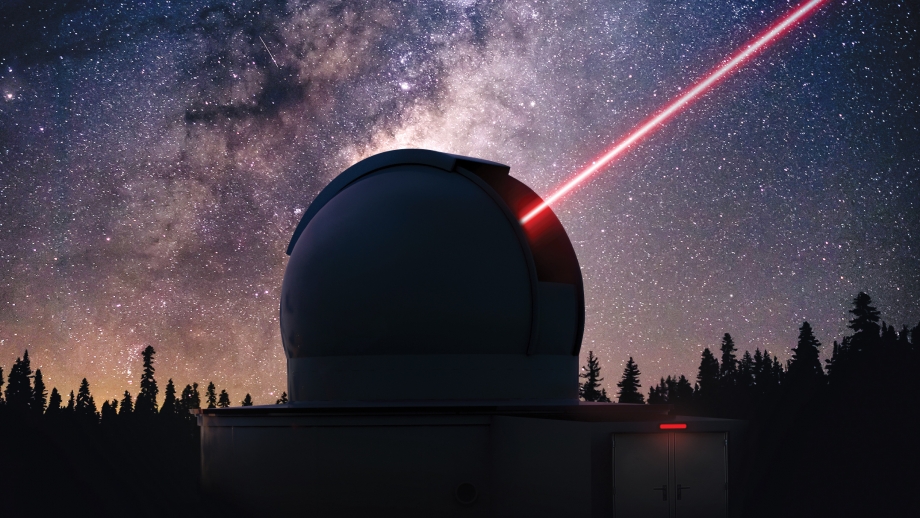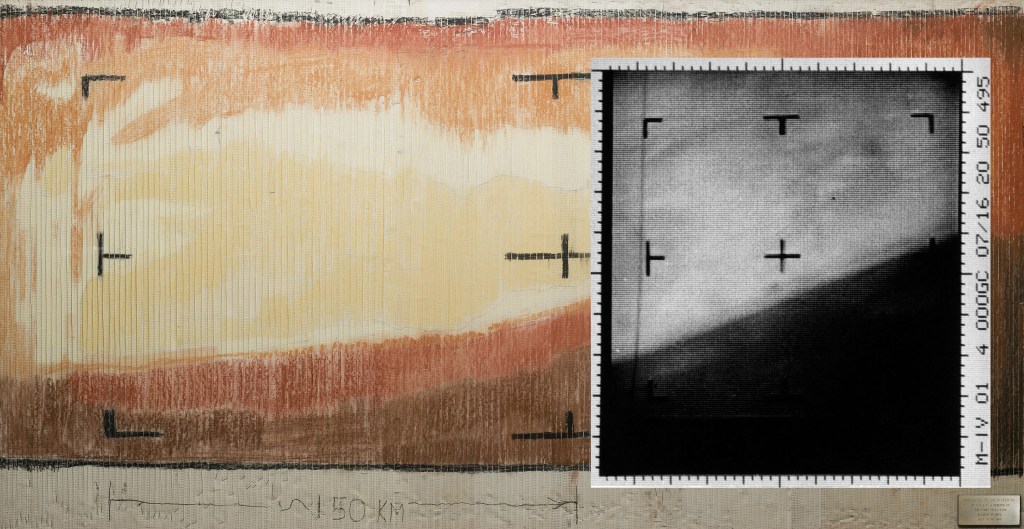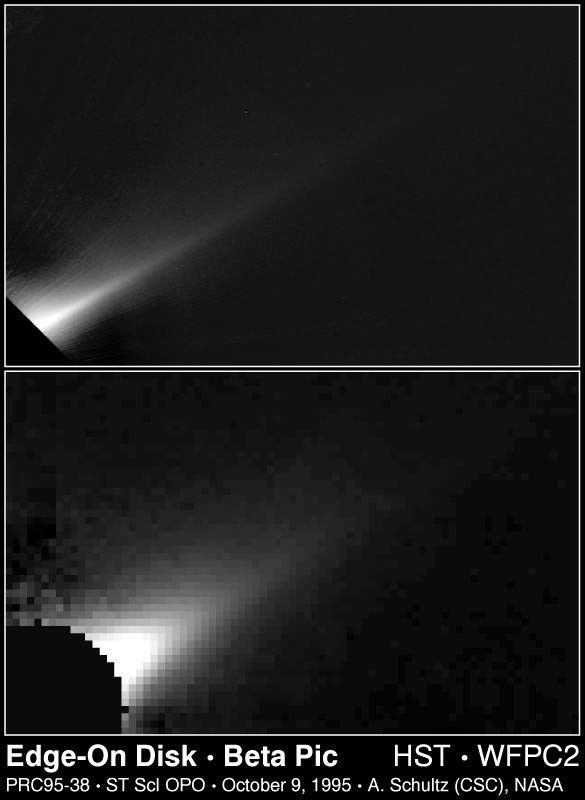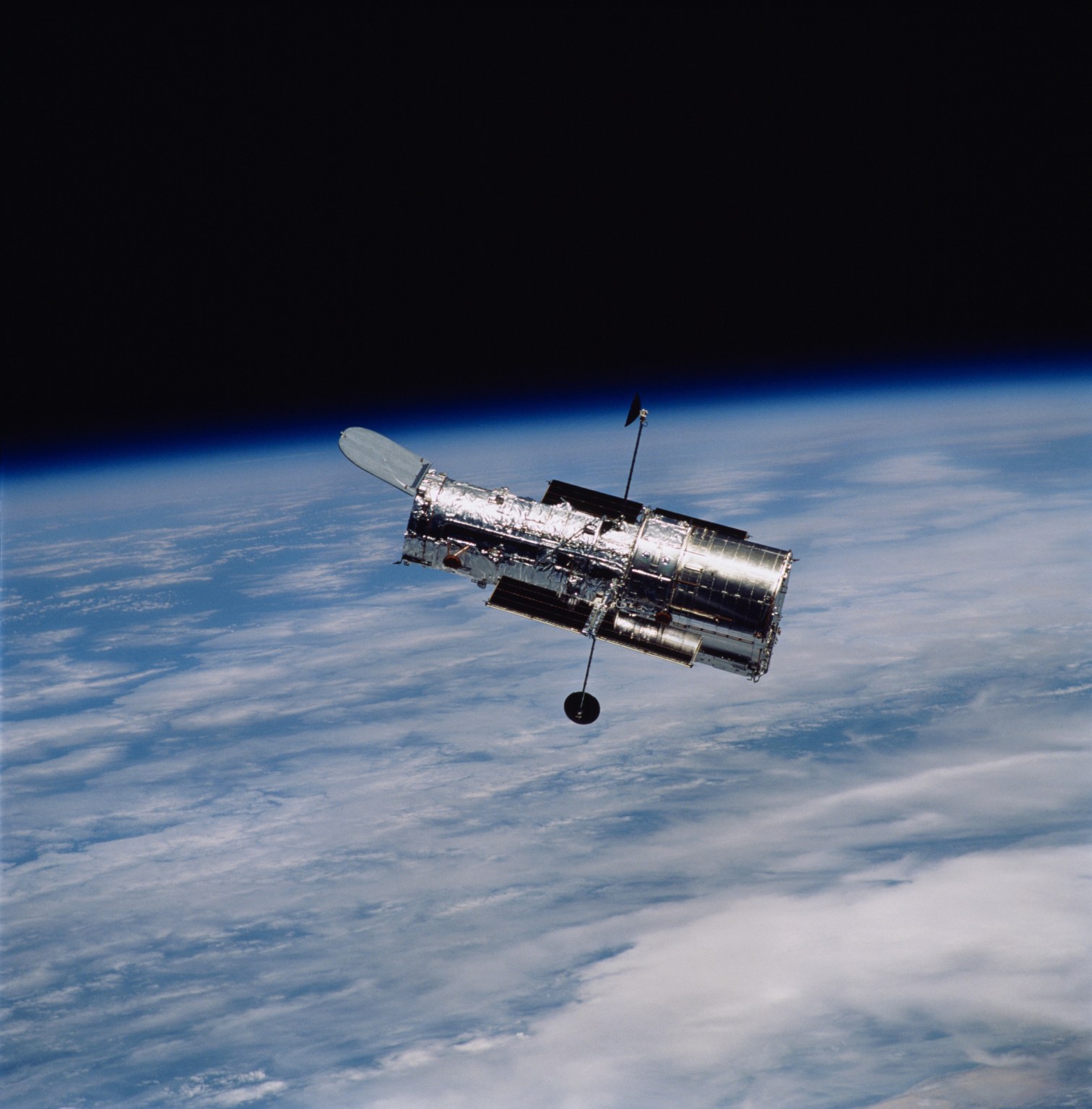This Hubble telescope image of a portion of a vast dust disk around the star Beta Pictoris [top picture] shows that the disk is thinner than previously thought. Estimates based on the Hubble snapshot place the disk's thickness as no more than one billion miles (600 million kilometers). For comparison the disk appears four times thicker in a ground-based image.
The disk is tilted nearly edge-on to Earth and may be older than some previous estimates because its dust has had enough time to settle into a flat plane. A thin disk also increases the probability that comet-sized or larger bodies have formed through accretion in the disk. Both conditions are believed to be characteristic of a hypothesized circumstellar disk around our own Sun, which was a necessary precursor to the planet-building phase of our solar system, according to current theory.


